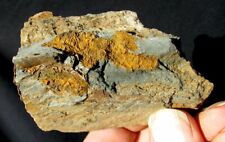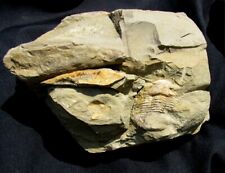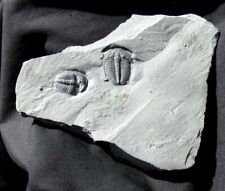
The new century may bring hundreds or even thousands of plant and animal extinctions to the Andes Mountains of Peru according to new research by Florida Institute of Technology Paleo-Ecologist Mark Bush. Bush’s findings, chronicled in the journal Science, result from the study of the first continuous record of Andean climate change during the past 48,000 years. The Andes region of Peru is one of the most biologically diverse areas on the planet.
In the article, Bush and fellow researchers Miles Silman of Wake Forest University and Florida Tech graduate student Dunia Urrego, discovered a possible reason for this remarkable biodiversity by comparing North and South American warming over many millennia.
At the end of the ice age, North America and the northern hemisphere in general, experience an abrupt warming of 5 degrees Celsius over two centuries. Bush expected to find the same results in South America. What he found instead was a much more gradual warming, 5 degrees over several millennia.
“According to the International Panel on Climate Change, we can expect a minimum of one to two degrees Celsius increase in temperature in the Andes by the end of this century,” Bush said. “Our record shows that climate change of this kind has never happened in the past 48,000 years. It is not a natural phenomenon.”
Bush predicts that species that can migrate readily, such as birds and butterflies, may be the least affected, whereas species that are less mobile will be vulnerable to extinction. Playing into the equation will be the continuing presence of man. Farmers will be able to extend their agricultural activities further upslope into what is now cloud forest. The result will be an increasingly fragmented landscape that presents barriers to the dispersal of wildlife, trapping them in increasingly inhospitable climatic conditions.


















Comments are closed.